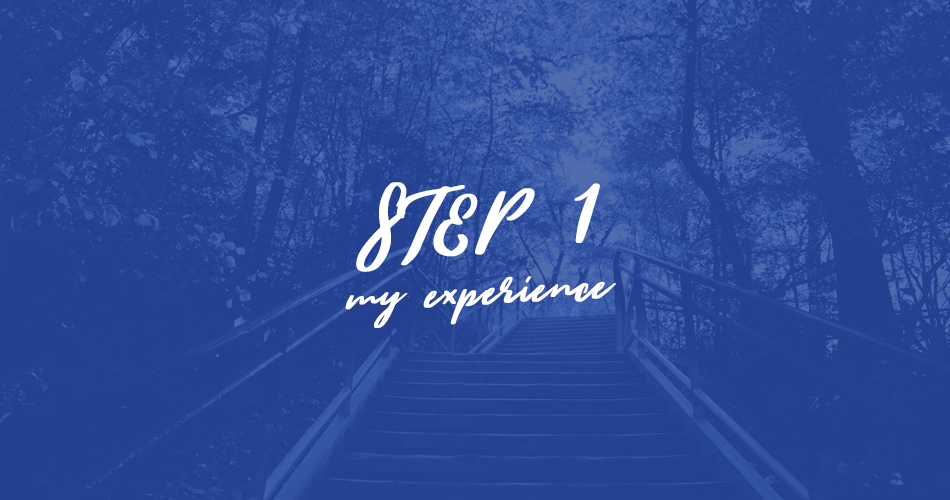As a newcomer having just found my sponsor, I didn’t know what to expect with how the steps would actually work. Here’s my experience of working step one…
My sponsor and I read through ‘The Doctors Opinion’ and ‘Bill’s Story’ over a few sessions. We spoke about the readings and my sponsor was quick to point out a few concepts as we went along.
Having worked through the steps once and being more comfortable with the Big Book, it’s easy to forget that reading Alcoholics Anonymous for the first time is bloody hard. It’s a genius piece of literature, sure, but trying to read this in 2020 when you’re newly sober is a bit of a challenge to say the least.
Reading the first chapter of ’12 Steps and 12 Traditions’ was slightly better, I like the 12&12 because each chapter is fairly short, and while it’s still not exactly an easy read, it’s much easier to digest as a newcomer than the Big Book.
After reading those passages my sponsor told me about the importance of having a firm step one in place.
Step 1. We admitted we were powerless over alcohol – that our lives had become unmanageable.
12 Steps of Alcoholics Anonymous
Step one is crucial as it lays the foundation for the rest of our programme. We need to fully acknowledge and accept our powerlessness over alcohol (or whatever our addiction or compulsive behaviours may be) as well as realise that our lives had become unmanageable. Without this understanding and belief firmly in place we have less defence against the first drink and place ourselves at risk of relapse when times get hard.
Working the step: The writing
My sponsor asked me to write down a long list of all the incidents I could remember where it was clear that I’d been powerless over alcohol or that there were consequences showing my life had been unmanageable. It was tough at first, I had to go back through my entire drinking history and dredge up a lot from my past that I had hoped would stay buried. Some were harder to write down than others, I was hesitant as I knew the second part of this step would be to go through the entire list with my sponsor.
My advice here is to be honest, be fearless. No half measures, even if it brings up pain from your past, write down everything you can remember.
Working the step: Going through with my sponsor
We did this over Zoom during the pandemic, I had to go through the list in full, explaining each situation. Some were quick, others took longer as the situations themselves needed more explaining. My sponsor was great throughout it all, no reactions, calm and attentive. Sometimes he would interject after a war story giving a quick nod or just saying the situation was clearly step one material. It was tough at times to go through, but I did feel some sense of relief after we had finished. I’d shared the darkest parts of my history with a relative stranger, I’d been open and honest and I’d started my journey of recovery.
How this helped my recovery
Seeing your step one one paper (Full disclosure, I actually did mine on Excel) gives you important perspective. For me it was seeing for the first time a trend in my past actions and behaviour. It was seeing all the consequences in one place which was so powerful. In the past I’d tried to move on from each weekend’s consequences by burying the past as far as I could at the back of my mind. Bringing everything back and looking honestly as your past is incredibly powerful.
A fearless step one helps you to get more connected with the programme and your sponsor. I felt like I’d taken a big step and it was a relief to have finished my first step in full. More than that though, my step one is a reminder every time a thought of drinking or using flashes into my mind, it gives me defence by reminding me what will happen if I take that first drink or drug.
It reminds me that things only end up one way, and it’s never good.
/J



